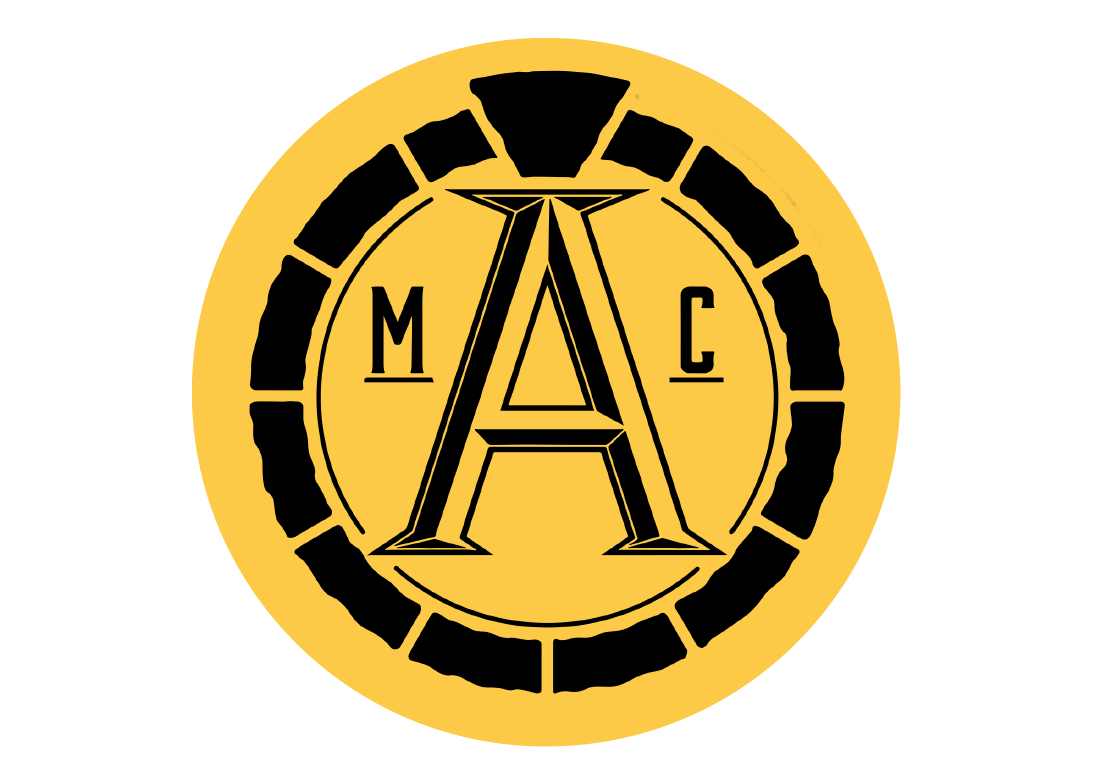How to Build a Concrete Pad
Whether you're planning to set up a shed, an outdoor workspace, or the foundation for a structure, a solid well-built concrete pad provides the strength and stability you’ll need.
While the idea of pouring concrete might seem intimidating, with the right tools and a clear step-by-step process, you’ll have it finished in no time!
In this guide, we’ll walk you through everything from planning and site preparation, to pouring and finishing.
By the end, you'll have a solid, durable pad built to last — and satisfaction with having done it yourself.
Step 1: Plan the Layout
Plan the layout of your concrete pad.
Make sure to determine any heights or slopes (If there are any).
Step 2: Grade the Soil
Grade and level the soil, Leaving room for the roads base as well as 4 inches of the concrete pad.
Make sure to clear any debris or excess dirt in the area before you pour the concrete.
AMC Tip!: (Grading is when you mulch the soil to create the desired slope or level in the ground)
Step 3: Add Road Base to Compact
First, Add some layers of road base into the soil opening.
Then, firmly compact it down into place to create a firm and even surface.
AMC Tip!: Road base is a mix of crushed stone, gravel, or recycled concrete jumbled together in a mix.
Step 4: Layout and Tie Rebar
Lay out rebar out evenly spaced from one another
(In our example, they are approximately 18 inches apart from one another)
AMC Tip!: Before you tie the rebar, make sure the pieces remain about 3 inches away from the dirt on all sides.
Step 5: Pour Concrete With Desired Finishes
Pour your concrete into the opening until it’s even
Level the concrete with a flooring trowel or a concrete broom until it’s nice and flat.
And. . . Presto!
Congratulations! You just completed your concrete pad! Now all that’s left for it to do is cure and then you’re good to go!
AMC Tip!: (The average 4 inch pad takes about 1-2 days to dry and then it’ll be safe for you to walk on, but it takes around 28 days for it to completely harden. Once that’s gone by you’re good to go! it’ll support all sorts of weight!)
Set up a table and chairs, walk your nice little path, make a convenient little step up to your door. Whatever you’re making it for, take a moment to appreciate that you built it.
! A Quick Word Before YOu Start !
We hope this DIY guide helps you tackle your next project with confidence. However, it is very important to know where DIY ends and when it's best to bring in a professional.
Please, do keep in mind:
Specialized Equipment Could Be Impractical: Many advanced concrete techniques require professional-grade tools and machinery that are quite expensive to rent, even more expensive to buy, and frankly difficult to operate without the proper training. Attempting any advanced construction without the right equipment could lead to subpar results or some costly mistakes.
Safety Always Comes First: More advanced concrete work can involve heavy materials, chemicals, and high-risk tools. Our team is trained to follow strict safety protocols for this exact reason. Without proper experience, attempting techniques like these for your projects can put both your health and property at a serious risk.
Some Work Is Best Left To Professionals: Complex pours, structural elements, and specialty finishes often require techniques, knowledge and experience. A professional ensures that the job is done safely, up to code, and it's built to last.
If your project involves anything beyond the basics, we strongly recommend consulting with our team via the link below. You’ll save time, avoid costly mistakes, and get results that you can truly rely on.
We offer full Concrete/Masonry services for residential projects of many shapes and sizes. Whether you're planning a small-scale build, working on some home renovations, or even a larger custom project, our experienced team is here to help you!
Contact us today via our Quotes Page or a phone call to 805 651-9810 to discuss your needs and see if you’re eligible for a free quote!*





